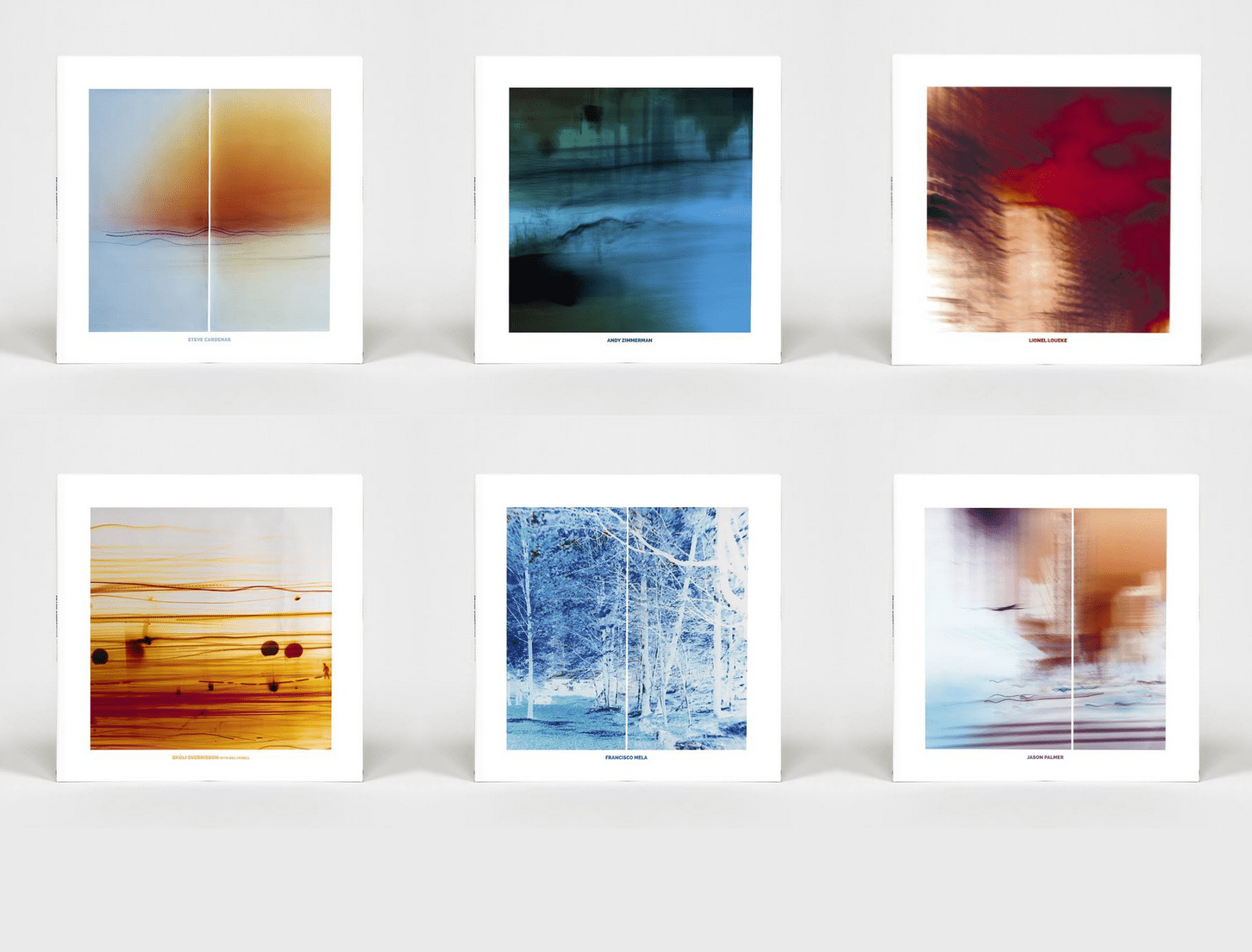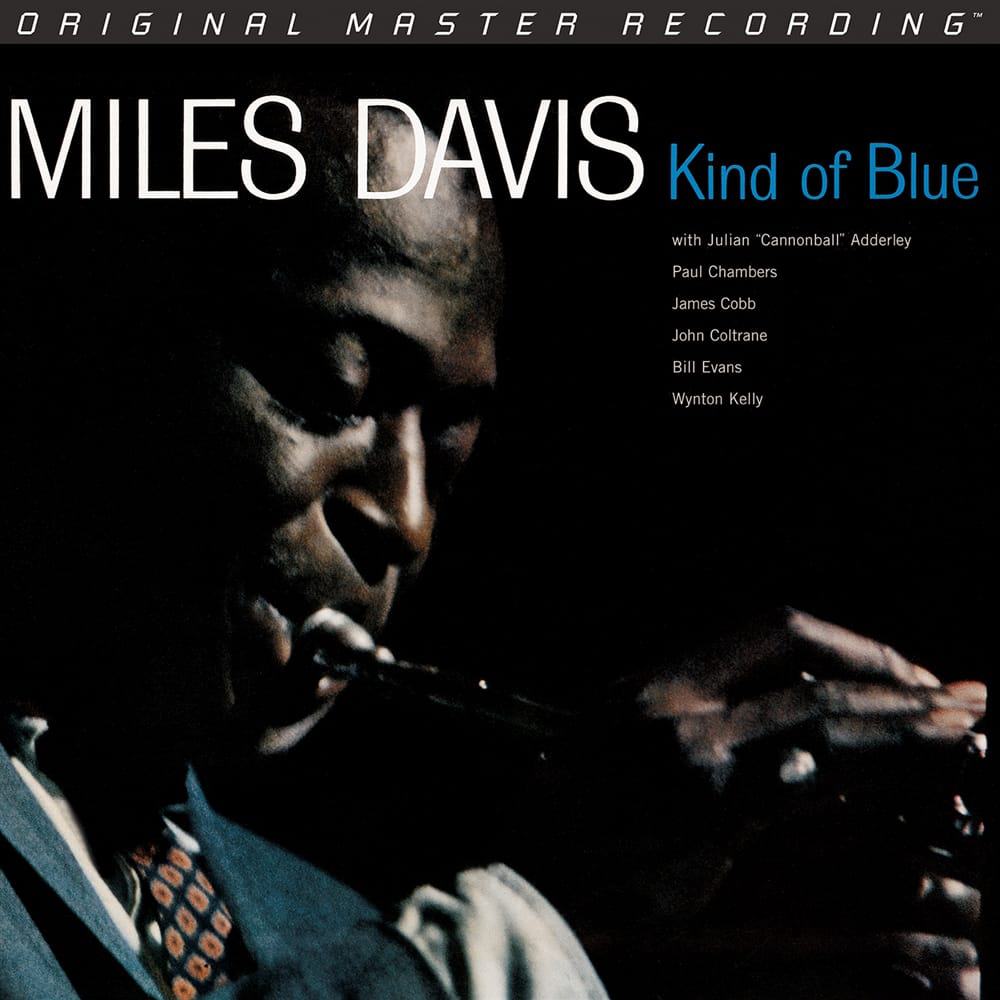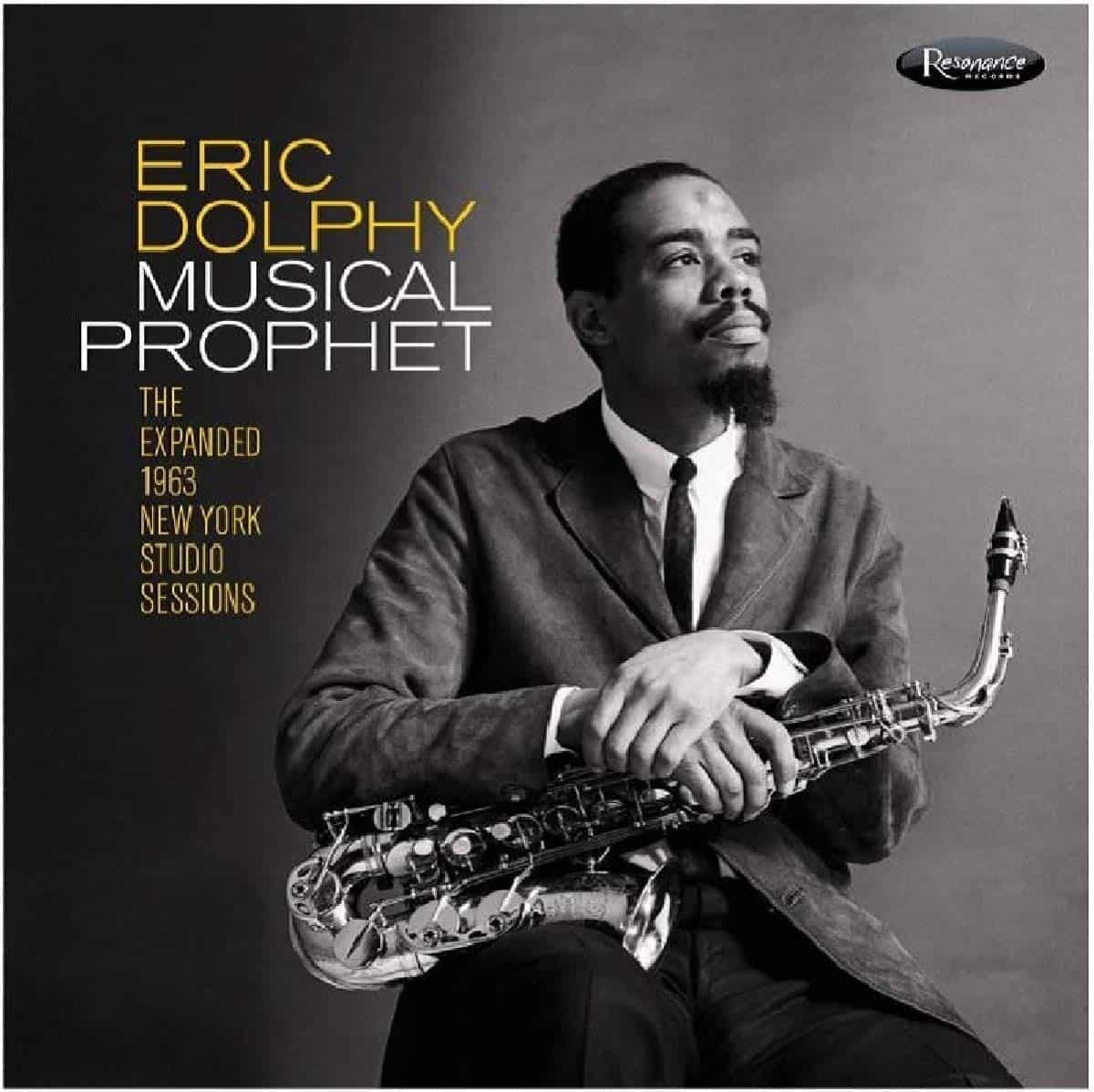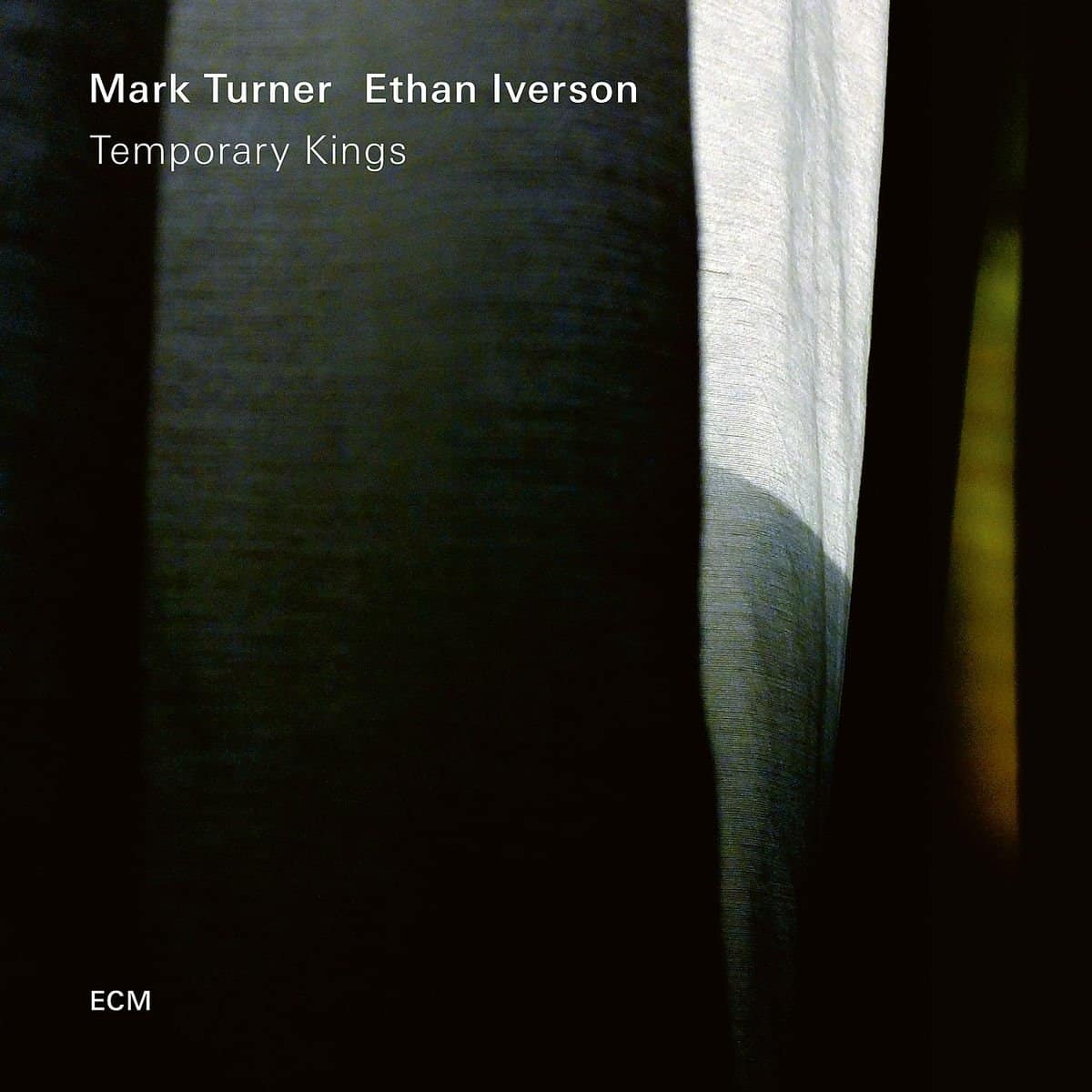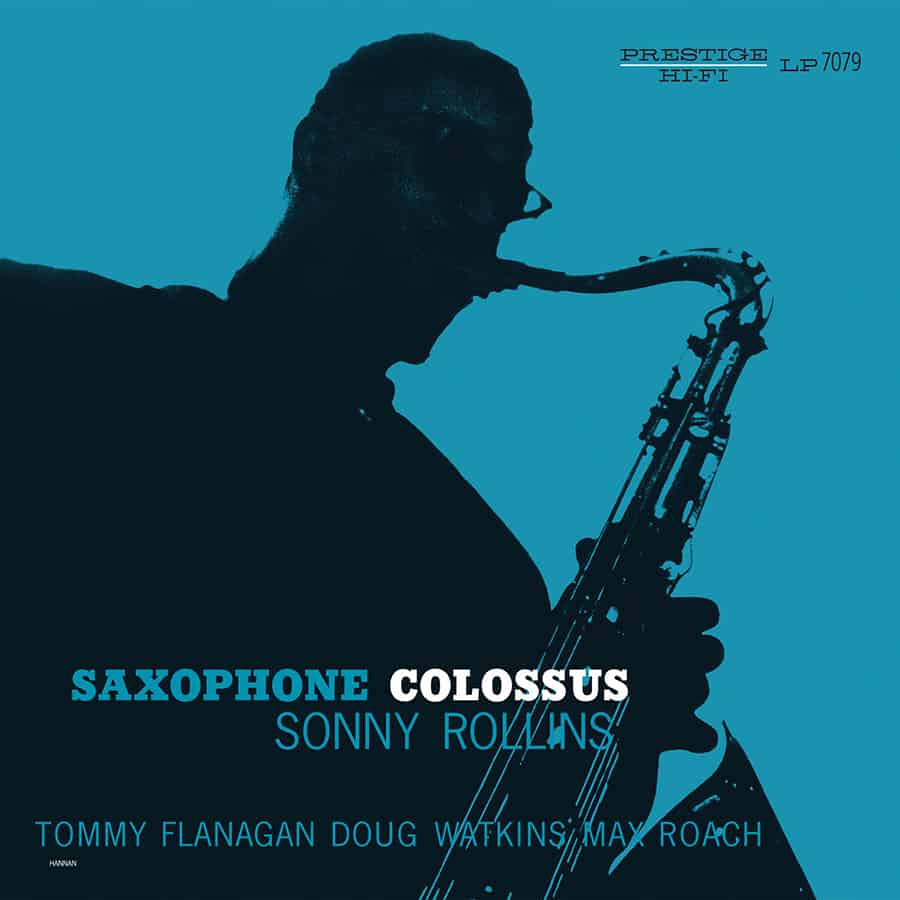Marketplace
2018 Impulse! PRESSING
- Catalog Number B0028316-01
- Release Year 2018
- Vinyl Mastering Engineer Ron McMaster
- Pressing Weight Regular Weight
- Jacket Style Single
When listening to this album I think of this band or music:
I was born too late and John Coltrane died too young for me to ever have seen him perform live, but this music brings back all the concert performances I’ve savored over the years by Coltrane collaborators McCoy Tyner and Elvin Jones—as well as Coltrane tribute performances led by Pharoah Sanders and Ravi Coltrane.
Music from this album would be a great soundtrack to this movie:
Coltrane and Cocteau? Whether a link exists between jazz improvisation and surrealism can be debated, but the tracks on Both Directions at Once: The Lost Album might enhance the living candelabras, visions of enchantment, and terrible beauty and sadness of Jean Cocteau’s Beauty and the Beast. Akin to the film, Coltrane’s music concerns the transformation of the ordinary world into something more beautiful.
John Coltrane recorded the sessions documented on Both Directions at Once: The Lost Albumon March 6, 1963 with his great quartet comprised of McCoy Tyner on piano, Jimmy Garrison on bass, and Elvin Jones on drums. They recorded at Rudy Van Gelder Studio for Impulse! during the prime of Coltrane’s recording career—one day before the sessions for John Coltrane and Johnny Hartman, a year and nine months before A Love Supreme, and a year before Crescent. Van Gelder captured the band in stereo, and after the sessions, he put the tape on the shelf and nobody knows what happened to it since. However, Coltrane had a deal with Impulse! whereby after every session, Van Gelder would hand over a mono back up tape to the saxophonist. In this case, Coltrane gave the back-up tape to his former wife, Naima, as a gift. After she died, her estate tried to auction off the tape. UMG sued and, after a settlement, the tape became available for release by UMG under its Impulse! banner.
Both Directions at Once: The Lost Album includes a mix of ballads and daring ensemble pieces filled with Coltrane’s fiercer sound, giving hints of things to come on later Impulse! releases. Familiar songs like “Nature Boy” and “Impressions” blend with unfamiliar, new, untitled originals. Coltrane had agreed to record some more marketable collections—such as the album with Hartman, Ballads,and Duke Ellington & John Coltrane—but remained poised to embark on a movement within the next couple years (and until his death in 1967) to take his music further out. The fare on this collection may have gotten “lost,” as the album title implies, or it may have seemed too transitional for Coltrane’s tastes—i.e., not quite challenging enough for his rapidly developing vision. We’ll never know, yet it stands as music of the highest order. It’s hard to find its equal—particularly compared to what almost anyone else was doing in 1963.
The same cannot be said for sonics that don’t measure up to those of other Coltrane Impulse! releases from the same period. No, it isn’t bad. Instruments get laid out in a wide pattern, and most everything sounds clearly recorded. But it lacks the stage depth and texture of other Impulse! recordings from the 1960s. My guess is the ¼” tape machine run by Van Gelder in mono (as a back-up tape for Coltrane) simply was not the equivalent of his main rig. All reports suggest the tape remains in excellent condition. I own original mono pressings of all of Coltrane’s Impulse recordings and none sound quite this flat. Even reissues made from back-up stereo tapes (original Impulse! tapes were lost to fire) feature more depth.
The LP comes enclosed in a heavy inner sleeve that slides into a die-cut cover with arrowheads cut in “both directions.” Liner notes by Coltrane biographer Ashley Kahn are printed on a 24” x 24” poster folded in fourths. The die cuts are too precious, and the poster will self-destruct after a few openings and closings. And the jacket spine is so narrow, you’ll need a reading glass to see it before it becomes essentially invisible on your record shelf.
Both Directions at Once: The Lost Album
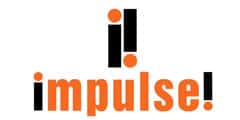
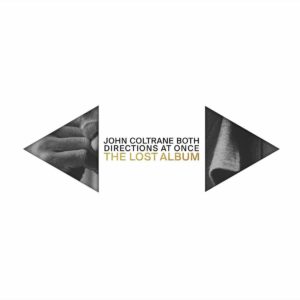
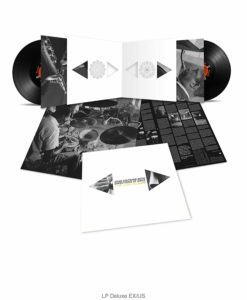
 4
4
